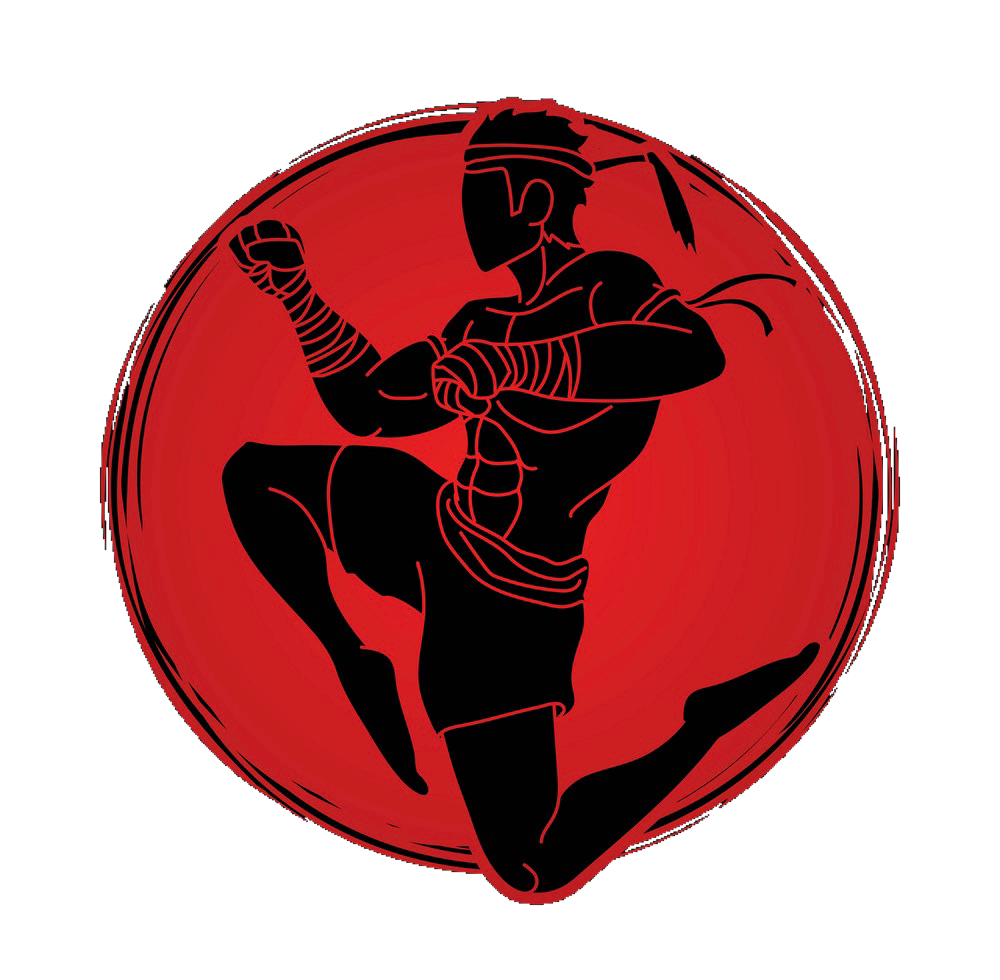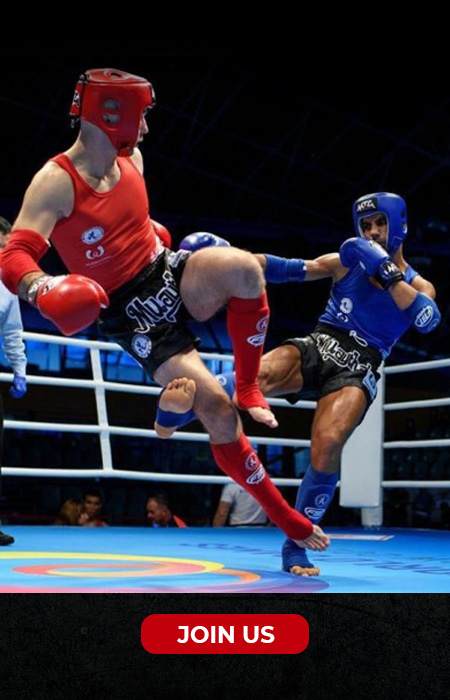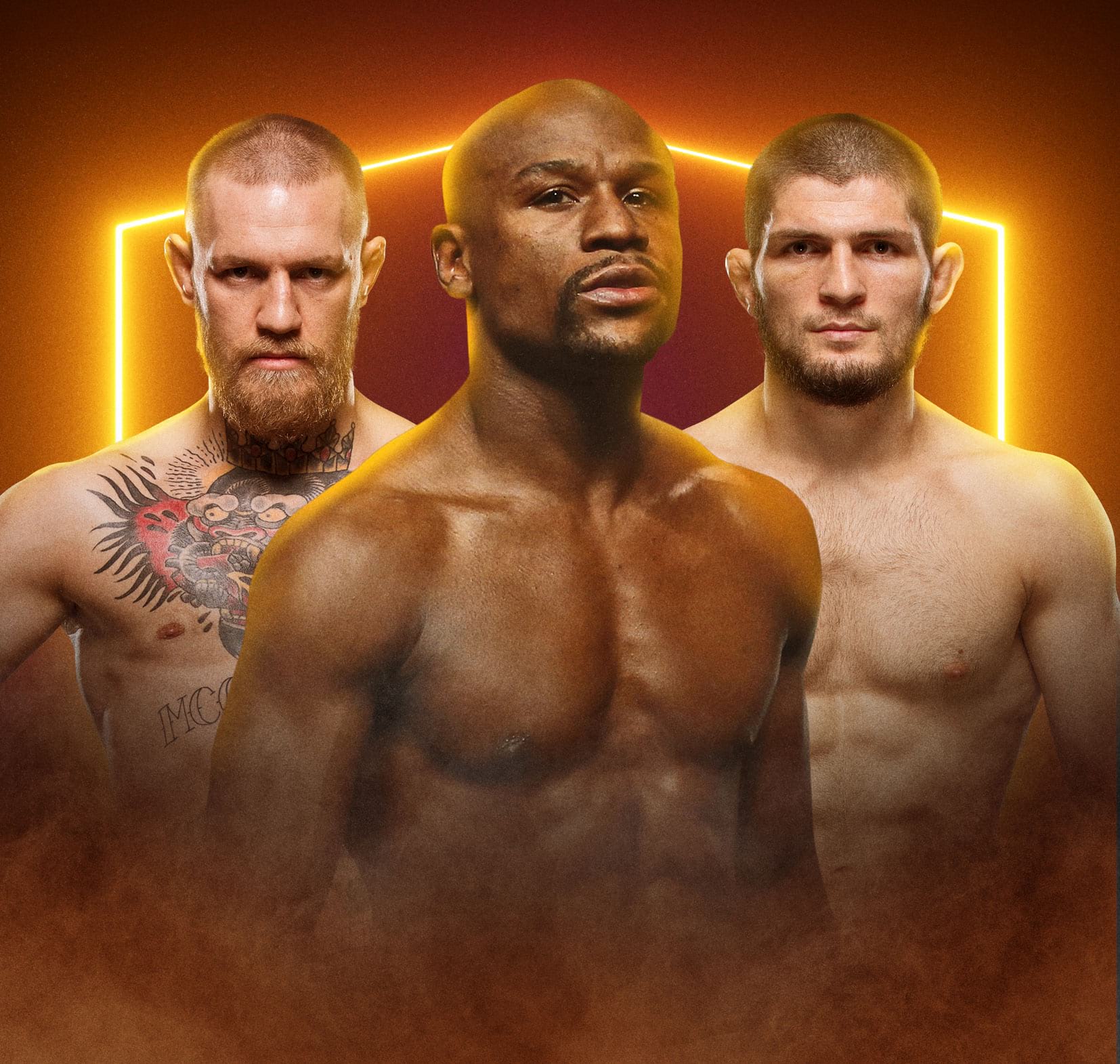In the world of fight promotion, promising a Fight of the Year contender, or at least suggesting the possibility of it, is an expected line of messaging from organizers and fighters alike. Some might roll their eyes at these proclamations, but by and large, they go ignored. By this point, the promise has been made so many times by so many people that it’s little more than a form of promotional pleasantry, akin to telling someone it was “great to meet them” whether you’ll ever contact them again in your life.
When those promises come from fighters, the same skepticism still exists, but it’s something fans like to hear from combatants anyway, an acknowledgment that the participants are aware of the fact that they are entertainers. Ultimately though, fighters can promise “a war,” but generally speaking, engaging in the type of fight that would be qualified that way is not in their best interests, both in terms of a winning strategy, or just for their long-term health.
But once in a while, promoters are vindicated and fighters are telling the truth. Such was the case with Luis Nery and Azat Hovhannisyan.
Their 122-pound title eliminator enjoyed plenty of buzz during its buildup, as all visual evidence suggested that a fight between them only had a few possible ways it would unfold, and none of them were boring. Hovhannisyan said prior to the fight that within the first 30 seconds, the bout would become a war. Nery promised essentially the same, and went so far as to say that the fight would end in a knockout—one way or another. On Saturday night, the fight unfolded just as they said it would.
The buildup to Nery and Hovhannisyan also benefitted from a tidy “good guy vs. bad guy” narrative. Nery has assumed a villainous role in the boxing world, one that was self-inflicted, but also one he has leaned into even if he feels he has repented for his missteps. In 2017, Nery tested positive for performance-enhancing drugs prior to a title-winning effort against Shinsuke Yamanaka. Though the WBC’s investigation later determined the positive test was due to contaminated meat, the explanation was far from universally accepted by the audience. Whatever chance at forgiveness he had, he squandered when he missed weight in a rematch with Yamanaka, which he won by knockout again. Nery would go on to miss, or struggle with weight several times thereafter, and the stain of fighting overweight and knocking out a universally liked man in Yamanaka only sunk further into the fabric. The court of public opinion had decided that Nery was unprofessional, a weight bully, and generally a fighter many fans liked to root against.
Nery insisted that personal issues were causing his missteps, and that he had matured as a person and as a fighter, moving to the woods of Mexico City. When he runs through the forest every morning, he wears a balaclava so he won’t be recognized or bothered. Nonetheless, he’s still as brash as ever. He might not want you to dislike him for the reasons many people do, but he’s certainly okay with you not liking him.
Hovhannisyan is the complete opposite. While Nery was a prodigious talent who succeeded right out of the gate despite only nine amateur fights, Hovhannisyan had over 300 unpaid bouts and then lost his professional debut. While Nery’s attitude acts as a repellant for some, Hovhannisyan’s polite stoicism outside of the ring and theatrical aggression in the ring make him incredibly charming. The man known as “Crazy A” is cast as the workmanlike brawler, working his way up on the grassroots California scene, coming up short in a world title bid in 2018, but always turning in a thrilling, aggressive performance. Outside of the ring, Hovhannisyan can often be found playing chess with his trainer Julian Chua.
Though his opponent couldn’t have been more different than him, Hovhannisyan saw only similarities. “He’s a tough guy who’s done good for himself. He spars with no head gear on. There is no question he loves to fight,” he told BoxingScene’s Manouk Akopyan last week. “There’s been a lot of criticism as far as some of his professionalism in the past, but I cannot disrespect a man’s fighting spirit and what he brings in the ring.” For his part, Nery found time to talk trash about Naoya Inoue, calling him overrated, and Stephen Fulton, claiming he ducked him, but had no unkind words for Hovhannisyan whatsoever. He too simply saw a man who loved to fight as much as he does.
The fight itself delivered on, and perhaps exceeded its promises. After a tense opening round during which both men were obviously cognizant of one another’s power, the chains came off in the second round. Nery ultilized his stylish, athletic power boxing, and Hovhannisyan used his technically sound but rugged pressure-fighting, and it blended just as everyone hoped it would.
Those who have watched boxing for a long time know that there are certain patterns, visual similarities between fights that are deemed the best in a given year. Long, brutal exchanges featuring punches that would be knockout blows in other scenarios but are somehow absorbed again and again. Extended periods of time on the inside with so many punches landing that they’re hard to identify individually. Extreme swings in momentum, often defying physical convention. Nery-Hovhannisyan had all of it, and the fighters seemed to be enjoying providing it. Hovhannisyan smiled and laughed mid-fight, and Nery chose to dance to various California hip-hop tracks, rather than sit, in between rounds.
Truly great fights often give us cinematic endings too, and this one did just that. The conclusion came in the way many would have least expected. In rounds seven to nine in particular, Nery was seemingly beginning to break down, the pacing and body shots of Hovhannisyan starting to erode him, his body language looking similar to the way it did during his lone loss to Brandon Figueroa. Nery’s movement had diminished, and he was forced to exchange flat-footed. When Hovhannisyan hurt him late in the tenth round, it seemed to his detractors that the bully was getting his comeuppance. But mere seconds later, Nery detonated a left hand, then another that sent Hovhannisyan to the canvas.
The next round, both men came to the center of the ring visibly exhausted, but one man visibly hurt. For about a twenty second stretch, Nery did not move his feet whatsoever, standing in front of Hovhannisyan, unloading power shots at Crazy A, smiling like a jack-o-lantern as he absorbed the blows that finally convinced the referee to call off the fight.
Even in the final moments, no doubt in more pain than he’d ever been in during his pro career, Hovhannisyan was enjoying himself. Smiling the way you do when you get your wish, the way you do when you deliver on the loftiest of promises.
Or perhaps, the way you do when you find your perfect match.
Corey Erdman is a boxing writer and commentator based in Toronto, ON, Canada. Follow him on Twitter @corey_erdman



















Leave a Reply